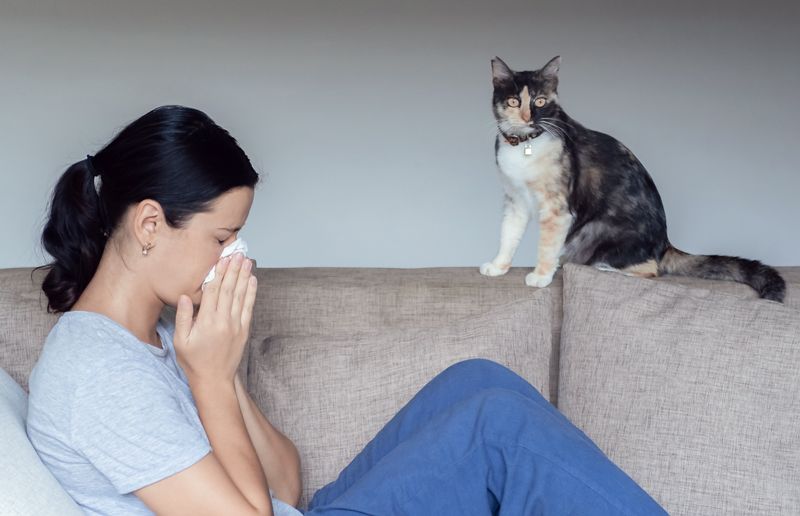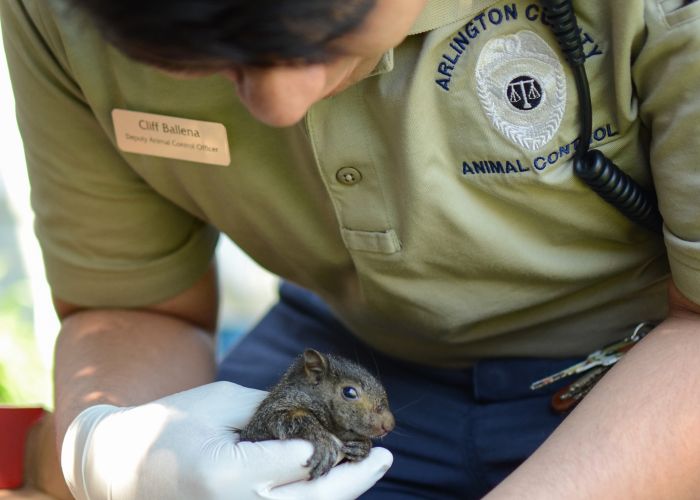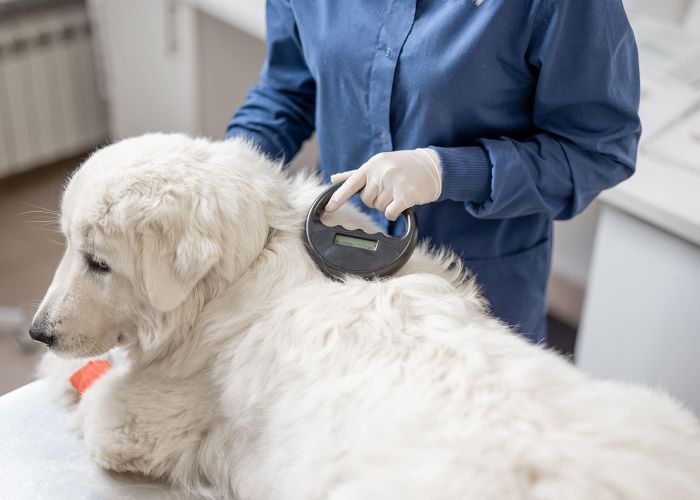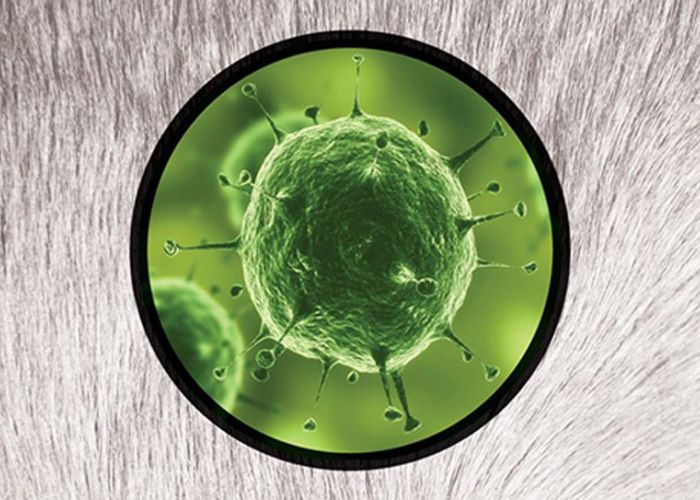Nothing to sneeze at
Allergies are a leading cause of cat surrenders; new science may change that

As a child, Eliot Cohen had no problem being around cats. He spent hours happily playing next door with his best friend, whose family always had a couple of felines roaming the house. As an adult, however, it was a different story: He developed an allergy so sensitive that when his cat-owning sister came to visit, just hugging her would frequently set off symptoms. The solution seemed simple to the Brooklyn, New York, resident: Stay away from cats.
And that strategy worked for several years until Cohen, a professional singer at the time, moved in with his fiancée and her three cats. He tried to make a go of it, but living in close proximity to the animals was overwhelming. The constant allergic reaction often led to bronchitis and other respiratory problems that made it difficult for him to perform. Ultimately, the couple made the emotionally wrenching decision to surrender the cats to an animal shelter.
Cohen’s experience isn’t uncommon; allergies can wax and wane during a person’s life. Nor is the end result uncommon: Shelters cite human allergies as one of the top reasons owners give up their cats.
In recent years, shelters have become increasingly skilled at helping owners solve behavioral problems in order to keep pets in their homes. But solving an allergy issue can be more challenging. Owners are often told by their doctor to get rid of the cat, and it’s hard to argue with a doctor, especially if the sufferer is a young child. As Dr. Lee Schrader, a veterinarian and executive director of the Fayette Regional Humane Society in Ohio, says: “We can’t give medical information; we don’t know how bad the [child’s allergy] may be.”
Still, depending on how severe the allergy is and how receptive the owner is to trying various things to alleviate it, many cases can be resolved in a way that allows cats to stay in their homes without compromising a family member’s health.

When owners reach out with allergy questions, staff members at the Cat Adoption Team in Sherwood, Oregon, are prepared with templated email responses. These responses urge owners to consult with their doctor to discuss possible treatments, offer advice about environmental changes to reduce allergens in the home, and provide links to online resources with more in-depth advice. Of the 90 people who contacted the CAT helpline last year to discuss surrendering their cat because of allergies, just 21 of those cats ultimately ended up at the shelter, says shelter manager Michelle Lynch. While the shelter doesn’t track outcomes for the cats who didn’t come into its facility, “hopefully, we made a difference with some of those by giving tips and suggestions,” Lynch adds.
In the near future, those tips may include two new weapons in the battle with cat allergies. Purina is developing a cat food containing an antibody that binds with the Fel d 1 protein, the substance shed in cats’ saliva that is the dominant cause of allergic reactions. The antibody neutralizes some of the protein, reducing the immune response in humans. Also on the horizon is a vaccine for cats being developed by Swiss company HypoPet. The vaccine, given in three doses, functions like the Purina food, wrapping the Fel d 1 protein in a straitjacket. Clinical trials for both products are in early stages, but results are promising, and there have been no negative side effects in the trial cats.
Lynch believes these innovations could have a major impact for cat owners, particularly those with allergic children. “When you’re faced with the decision of keeping your baby healthy or keeping your cat, that puts people in a tough situation. To have the option of trying something to reduce allergies so they can keep their cats would be just such a huge deal.”
Tara Sannucci, cat behavior specialist at St. Hubert’s Animal Welfare Center in New Jersey, also sees these products as potential game changers for millions of felines. She envisions the vaccine being available alongside rabies vaccinations at spay/neuter and vaccine clinics.
“If those vaccines were accessible to everyone, able to be given out by shelter vets, that would keep so many cats in homes,” Sannucci says. More cats in shelters could be adopted, and more people rescuing cats off the streets could keep them, she adds. “It could be life changing for so many cats.”







